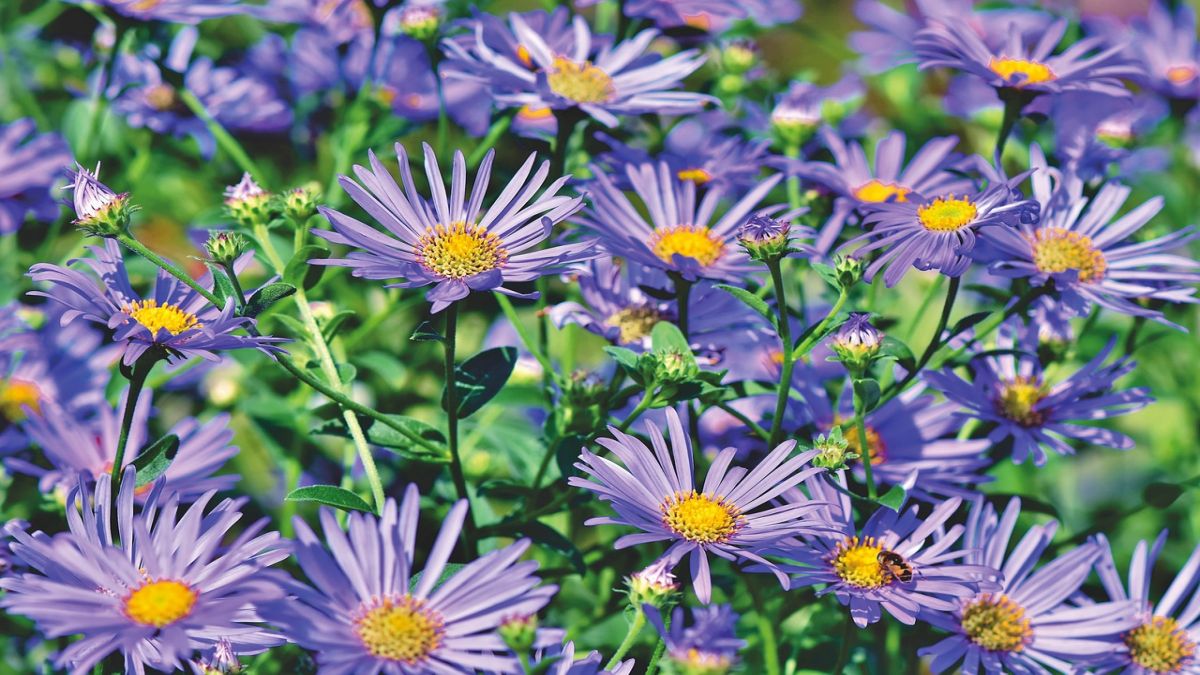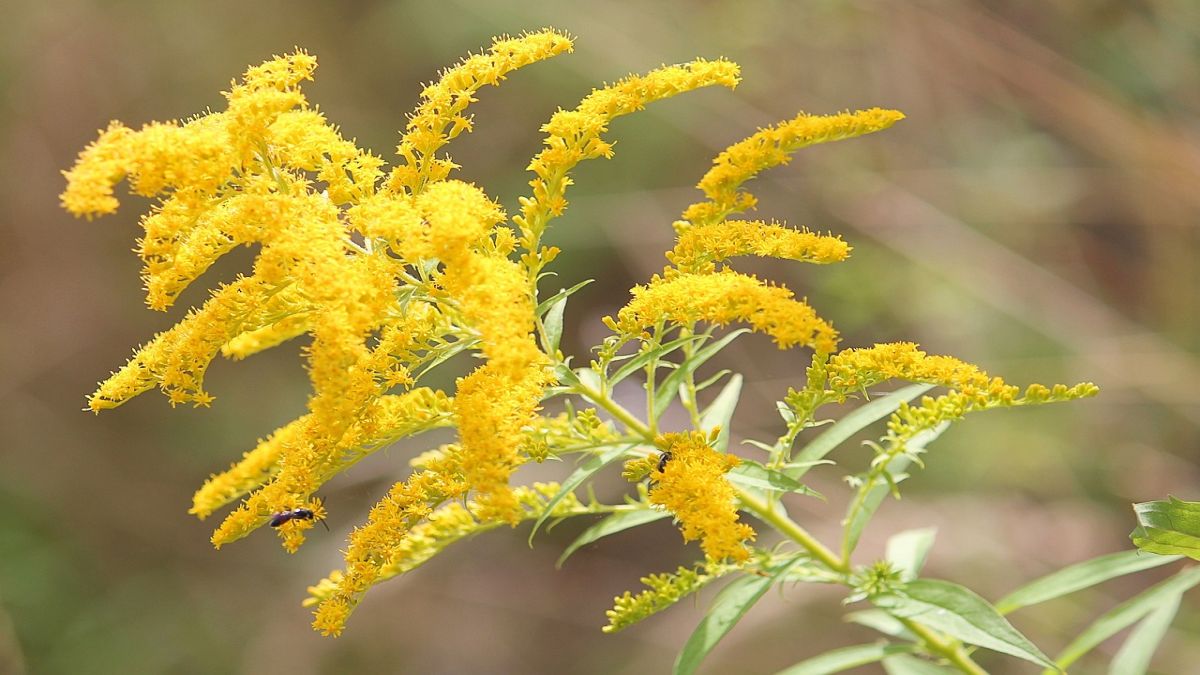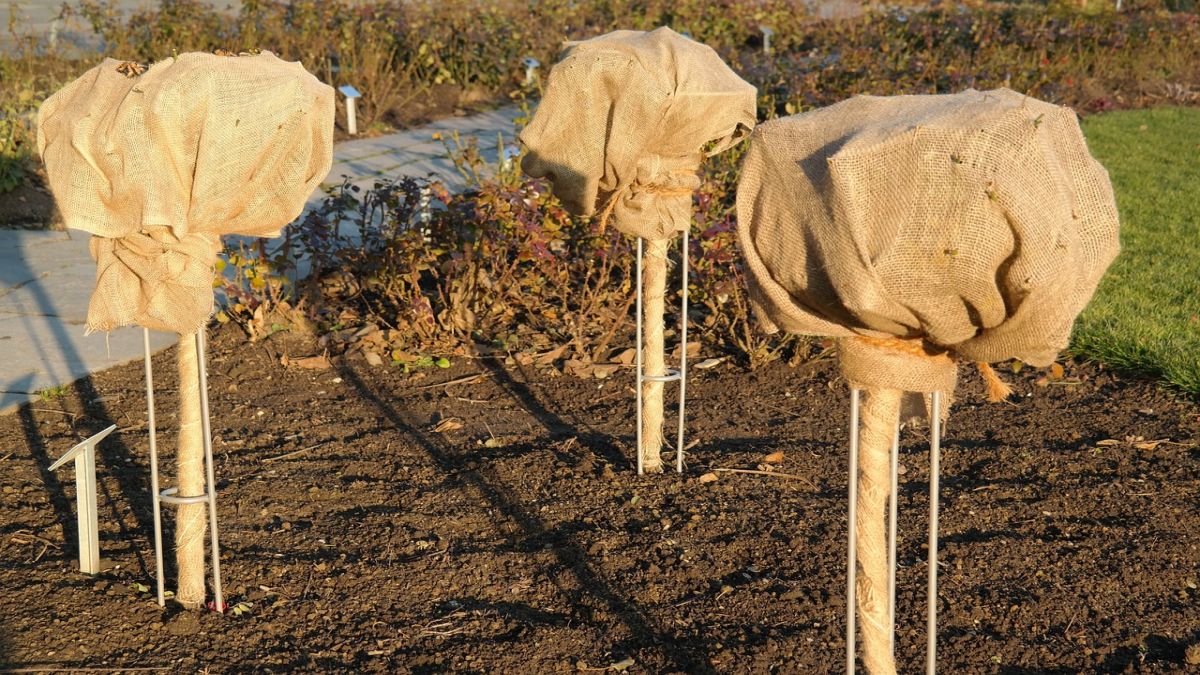Advertisement
As the leaves start to turn and the air gets a little crisper, it's time to talk about one of my favorite seasons for gardening - fall!
I don't know about you, but there's just something magical about watching your garden transform with the changing seasons. It's like Mother Nature's way of putting on a show, and we get to be the directors!
Now, I know what you're thinking - "But wait, isn't fall all about winding down and getting ready for winter?" Well, my friends, that's where you're mistaken.
Fall is actually a prime time for gardening, and it's all about setting the stage for a stunning display of autumn beauty.
Think about it - the cooler temps, the vibrant colors, the cozy sweaters (okay, maybe that last one is just me).
It's like a whole new world of possibilities for your garden! I'm about to share some essential gardening tips that will have your garden looking like a million bucks this fall.
Planning and Preparation
Before the first leaves start to fall, take the time to plan and prepare your garden for the autumn season. Assess your garden space and consider which plants will thrive in the changing weather conditions.
Evaluate your existing plantings and decide which ones to keep, move, or replace to create a cohesive and visually appealing landscape.
Prepare your soil by testing its pH levels and adding organic matter such as compost or well-rotted manure to enrich its fertility. Clear out any debris, dead plants, and weeds to create a clean canvas for your fall garden.
Consider planting cover crops like clover or rye to protect and nourish the soil during the winter months.

Selecting Fall Plants
When selecting plants for your fall garden, choose varieties that are well-suited to the cooler temperatures and shorter days of autumn.
Opt for plants that offer vibrant foliage, late-season blooms, or edible harvests to extend the beauty and productivity of your garden into the fall months.
Consider planting ornamental grasses, mums, asters, and pansies for a pop of color and texture in your autumn garden.
Vegetables like kale, Swiss chard, and Brussels sprouts thrive in cooler weather and can provide a bountiful harvest well into the fall season.
Don't forget to include fall-blooming bulbs like crocuses, colchicums, and autumn crocuses for a burst of color in your garden beds.
Planting and Maintenance
Once you've selected your fall plants, it's time to get your hands dirty and start planting. Follow planting instructions for each variety, ensuring they have adequate spacing and sunlight exposure.
Advertisement
Water newly planted specimens thoroughly to help them establish strong root systems before winter sets in.
Regular maintenance is key to a healthy fall garden. Keep an eye out for pests and diseases, and address any issues promptly to prevent them from spreading.
Deadhead spent flowers, prune overgrown branches, and remove fallen leaves to maintain a tidy and well-kept garden. Consider mulching around plants to protect their roots from fluctuating temperatures and retain moisture in the soil.

Enhancing Fall Color
Create a stunning display of fall color in your garden by incorporating plants with vibrant foliage and late-season blooms.
Consider planting trees and shrubs that offer brilliant autumn hues, such as maples, dogwoods, and burning bushes. Add perennials like sedum, goldenrod, and Japanese anemones for pops of color and texture in your fall landscape.
To enhance the visual impact of your garden, experiment with different plant combinations and textures. Mix and match plants with varying heights, colors, and shapes to create depth and interest in your fall beds.
Consider adding decorative elements like pumpkins, gourds, and ornamental grasses to evoke the spirit of the season and create a festive atmosphere in your garden.

Seasonal Care and Long-Term Planning
As fall progresses into winter, continue to care for your garden by preparing it for the colder months ahead.
Protect tender plants from frost by covering them with burlap or frost cloth, and bring sensitive specimens indoors if necessary. Clean and store garden tools, pots, and hoses to prevent damage from freezing temperatures.
Looking ahead, consider long-term planning for your garden by planting spring-blooming bulbs like tulips, daffodils, and hyacinths in the fall.
Create a garden calendar to track planting times, maintenance tasks, and seasonal changes throughout the year.
Reflect on your garden's successes and challenges from the past season to inform your plans for the future and ensure a thriving garden year after year.

Conclusion
In conclusion, fall is a time of transition and transformation in the garden, offering a unique opportunity to celebrate the beauty of the season and prepare for the months ahead.
By following these gardening tips for fall, you can create a vibrant and sustainable garden that will continue to delight and inspire you throughout the autumn months.
Embrace the changing colors, textures, and scents of fall in your garden, and let nature's beauty guide you in creating a landscape that reflects the spirit of the season. Happy gardening!
Advertisement





